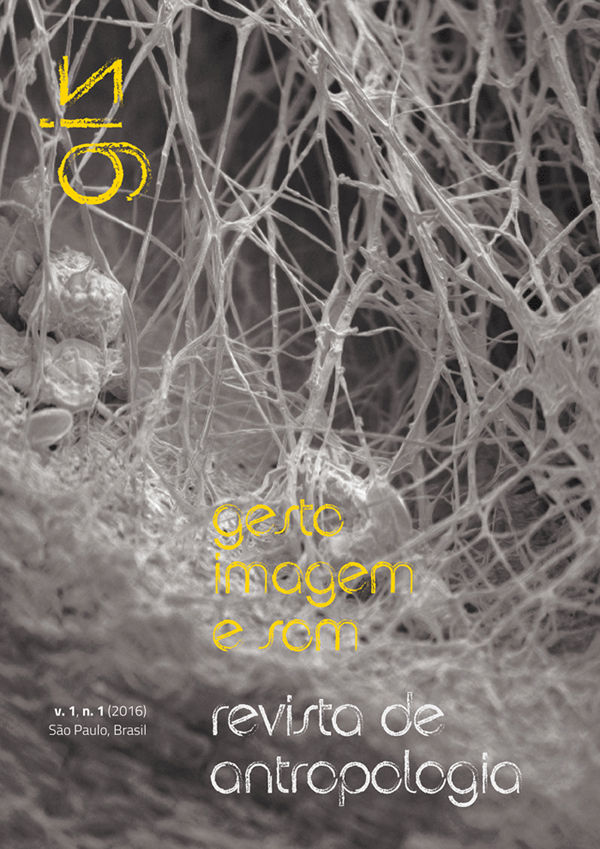Ritos de passagem: Dioniso e o coro de sátiros
DOI:
https://doi.org/10.11606/issn.2525-3123.gis.2016.116355Palavras-chave:
ritos de passagem, margens das margens, f(r)icção, espantoso ou extraordinário, cotidiano, corpoiesisResumo
Nas origens da tragédia grega, no coro de sátiros do teatro dionisíaco, os gregos fitavam o horror. Nessa observação de Nietzsche se encontra o ponto de partida para uma discussão dos ritos de passagem e, particularmente, da experiência do límen. Contribuições da performance e do teatro contemporâneos realçam aspectos dessa experiência. As análises de Julia Kristeva também merecem atenção. A hipótese, inspirada no pensamento de Walter Benjamin, emerge no final: elementos vitais dos ritos de passagem e do teatro dionisíaco tem a ver com o que poderíamos chamar de “margens das margens”. Em destaque, a dupla retirada de máscaras (cotidianas e extraordinárias), os subterrâneos dos símbolos e a experiência de f(r)icção (com r entre parênteses) nas relações entre máscara e corpo. Parafraseando Pascal, o corpo tem razões que a cultura desconhece. Às margens das margens forma-se uma ótica dialética: espantoso (ou extraordinário) cotidiano, nada surpreendente no espantoso.
Downloads
Downloads
Publicado
Edição
Seção
Licença
Autores que publicam nesta revista concordam com os seguintes termos:
- Autores mantém os direitos autorais e concedem à revista o direito de primeira publicação, com o trabalho simultaneamente licenciado sob a Licença Creative Commons Attribution BY-NC-ND que permite o compartilhamento do trabalho com reconhecimento da autoria e publicação inicial nesta revista para fins não comerciais.
- Autores têm autorização para assumir contratos adicionais separadamente, para distribuição não-exclusiva da versão do trabalho publicada nesta revista (ex.: publicar em repositório institucional ou como capítulo de livro), com reconhecimento de autoria e publicação inicial nesta revista.







